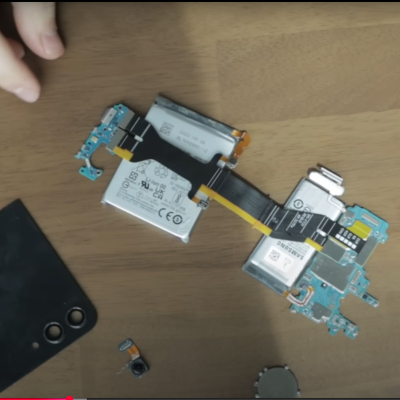Recently, Linux has been rising in desktop popularity in no small part to the work on WINE and Proton. But for some, the year of the Linux desktop is not enough, and the goal is now for the year of the Linux phone. To that end, an Android Linux translation layer called Android Translation Layer (we never said developers were good at naming) has emerged for those running Linux on their phones.
Android Translation Layer (ATL) is still in very early days, and likely as not, remains unpackaged on your distro of choice. Fortunately, a workaround is running an Alpine Linux container with graphics pass through via a tool like Distrobox or Toolbox. Because of the Alpine derived mobile distribution postmarketOS, ATL is packaged in the Alpine repos.
In many ways, running Android apps on Linux is much easier then Windows apps. Because Android apps are architecture independent, hardware emulation is unnecessary. With such similar kernels, on paper at least, Android software should run with minimal effort on Linux. Most of what ATL provides is a Linux/Android hardware abstraction layer glue to ensure Android system calls make their way to the Linux kernel.
Of course, there is a lot more to running Android apps, and the team is working to implement the countless Android system APIs in ATL. For now, older Android apps such as Angry Birds have the best support. Much like WINE, ATL will likely devolve into a game of wack-a-mole where developers implement fresh translation code as new APIs emerge and app updates break. Still, WINE is a wildly successful project, and we hope to see ATL grow likewise!
If you want to get your Android phone to talk to Linux, make sure to check out this hack next!


















